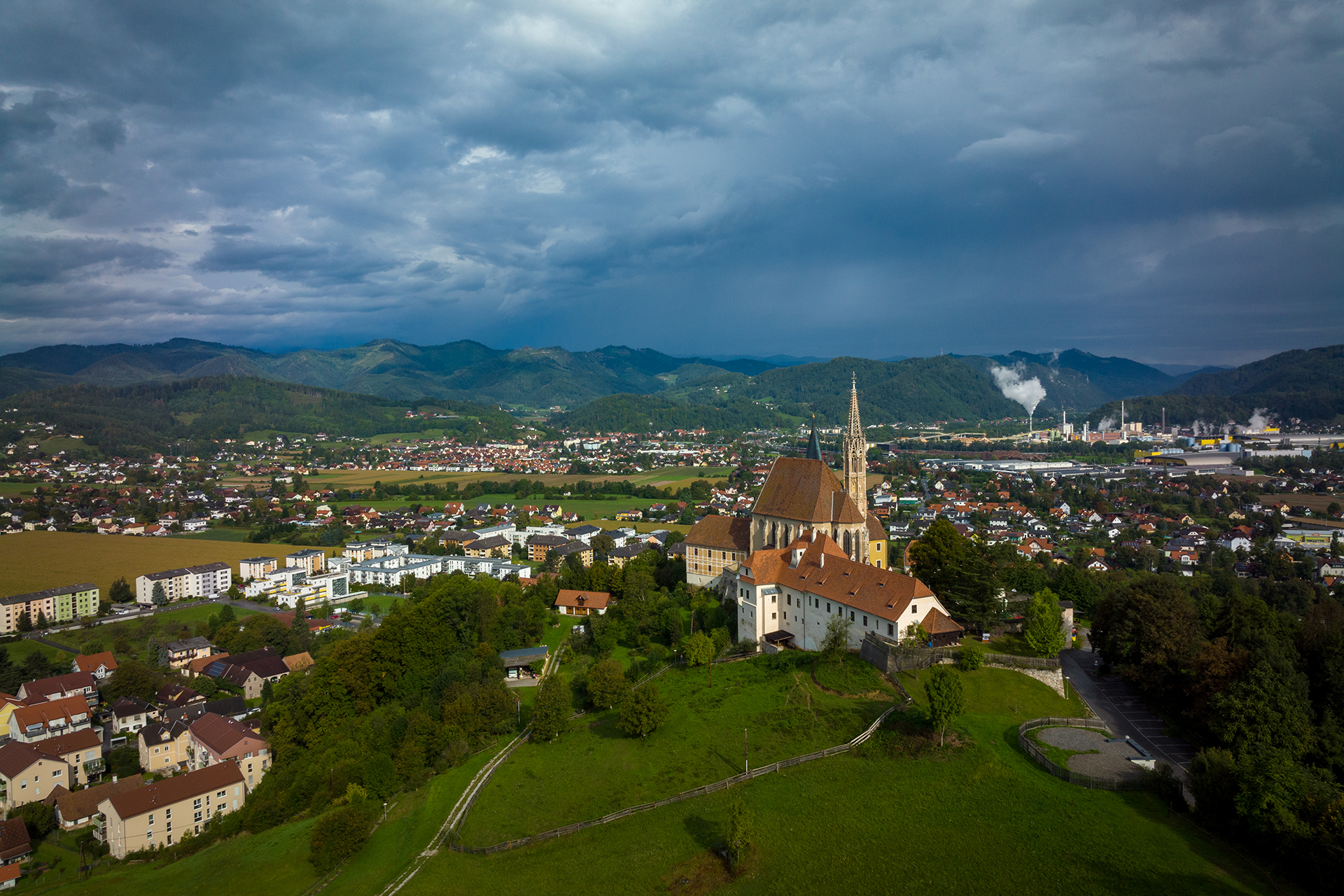

Rein Abbey: Culinary Heritage event “The culinary heritage of the Cistercians”
28. September 2024
For almost 900 years now, the monks of Rein have been preserving the legacy of their founder, Leopold, Margrave of Steyr.
In addition to the monastery forest, the green lung of the region, these are also cultural assets of inestimable historical value.
Witnesses to the history of Styria and a water supply system that was pioneering in the Middle Ages will take center stage on Saturday, September 28, along with the culinary delights that are a must in a monastery.
The monastery courtyard will become a stage from 10:00 a.m. to celebrate a prestigious award.
Rein Abbey receives the European Heritage Label. Gratwein-Straßengel celebrates a historical jewel Community and the monks of Rein invite you to a wide range of activities on Saturday, September 28 from 10:00 am.
You can take a look into the cooking pot during demonstrations and enjoy lard cookies or distilled malt.
In addition to herbs, old fruit varieties such as the “Klachelapfel” or the “Schafnase” will experience a revival.
Musical entertainment is provided by the Gratweiner Böhmische and the Steirische Soatnpress.
There are hands-on stations for children and free guided tours from 11:00 a.m., during which the volunteer monastery guides provide a glimpse behind the monastery walls and into the marvel of the water tunnel in the Ulrichsberg.
Admission is free.
- 10:00 a.m. Opening ceremony
- 11:00 a.m. start of the program (including live cooking events with tastings, children’s program, guided tours)


